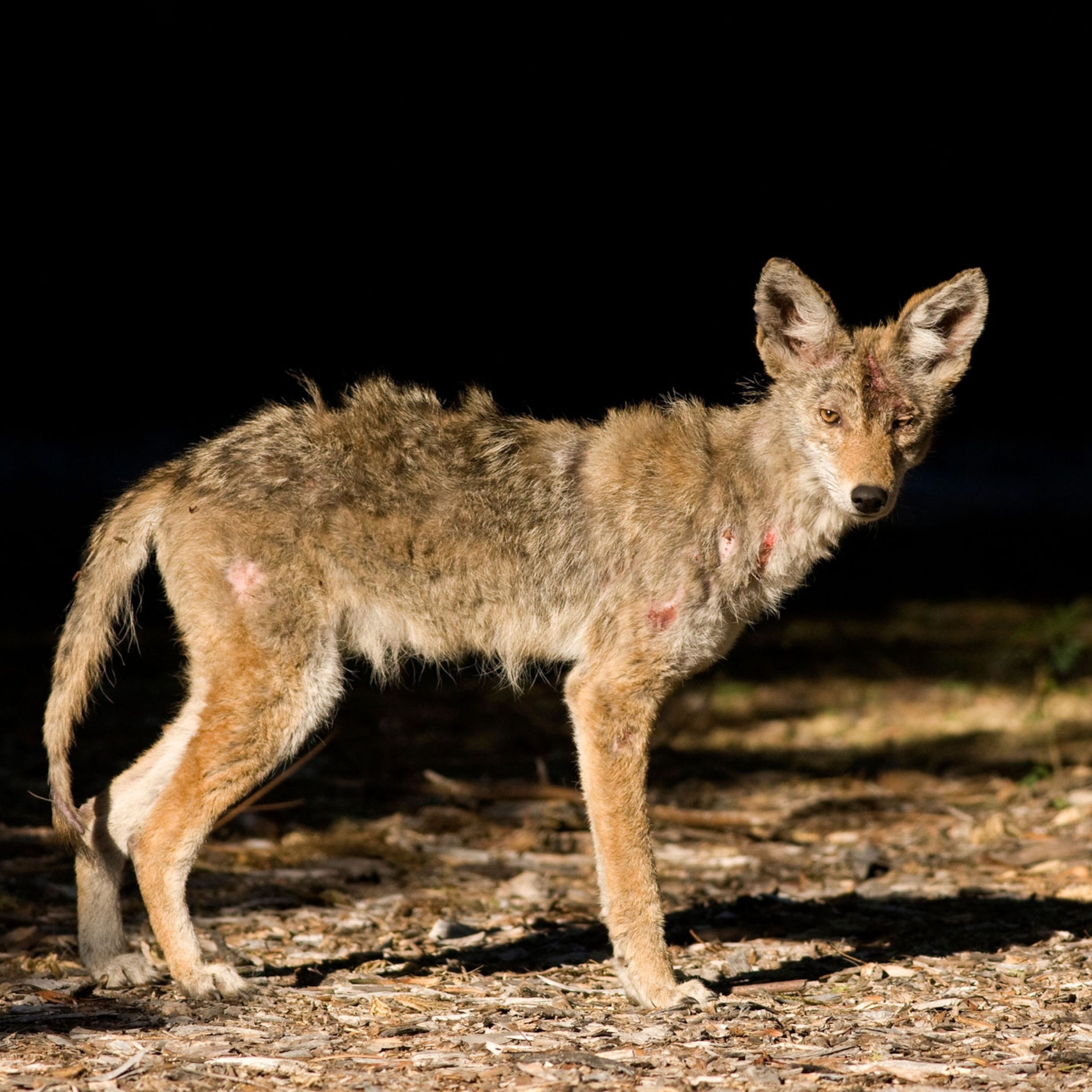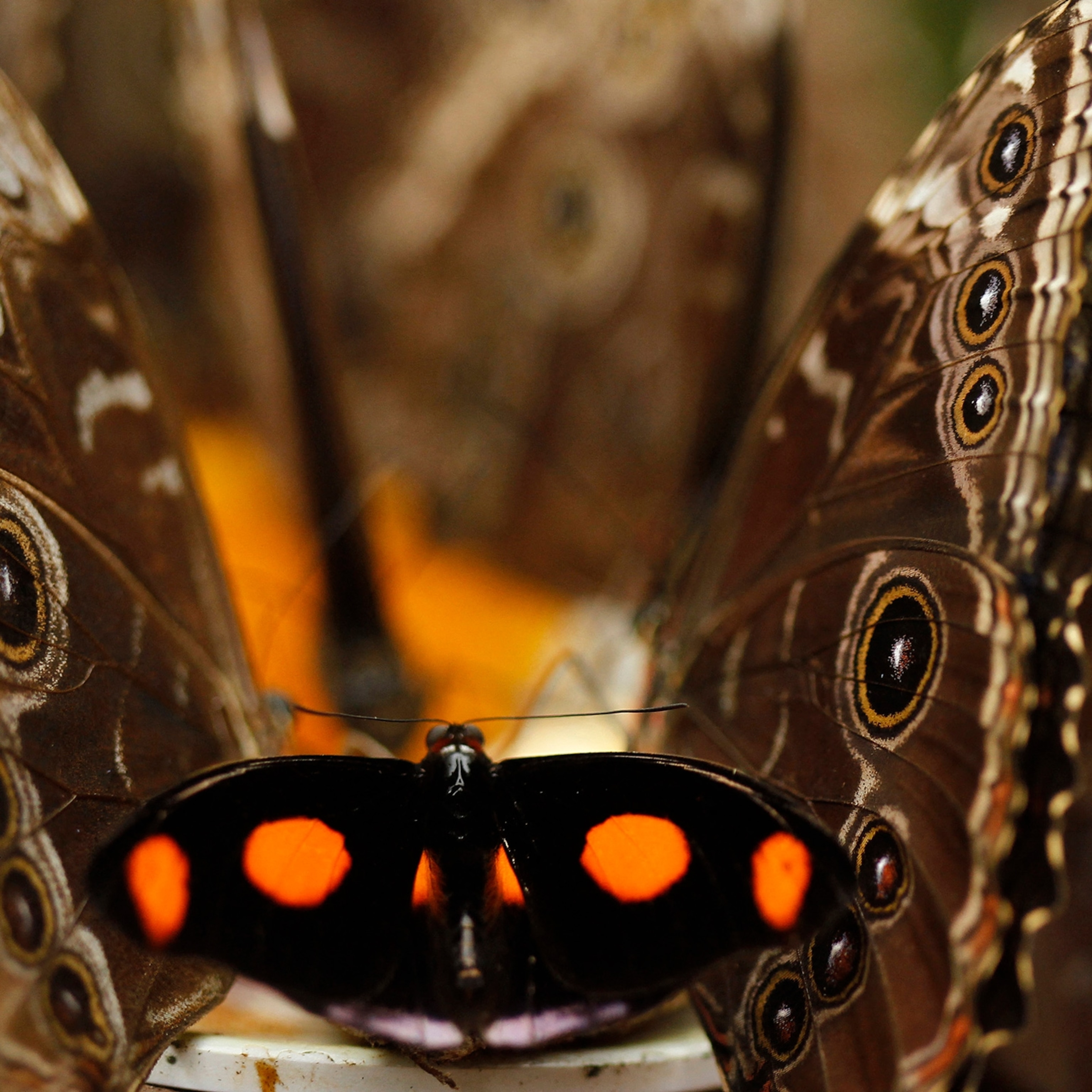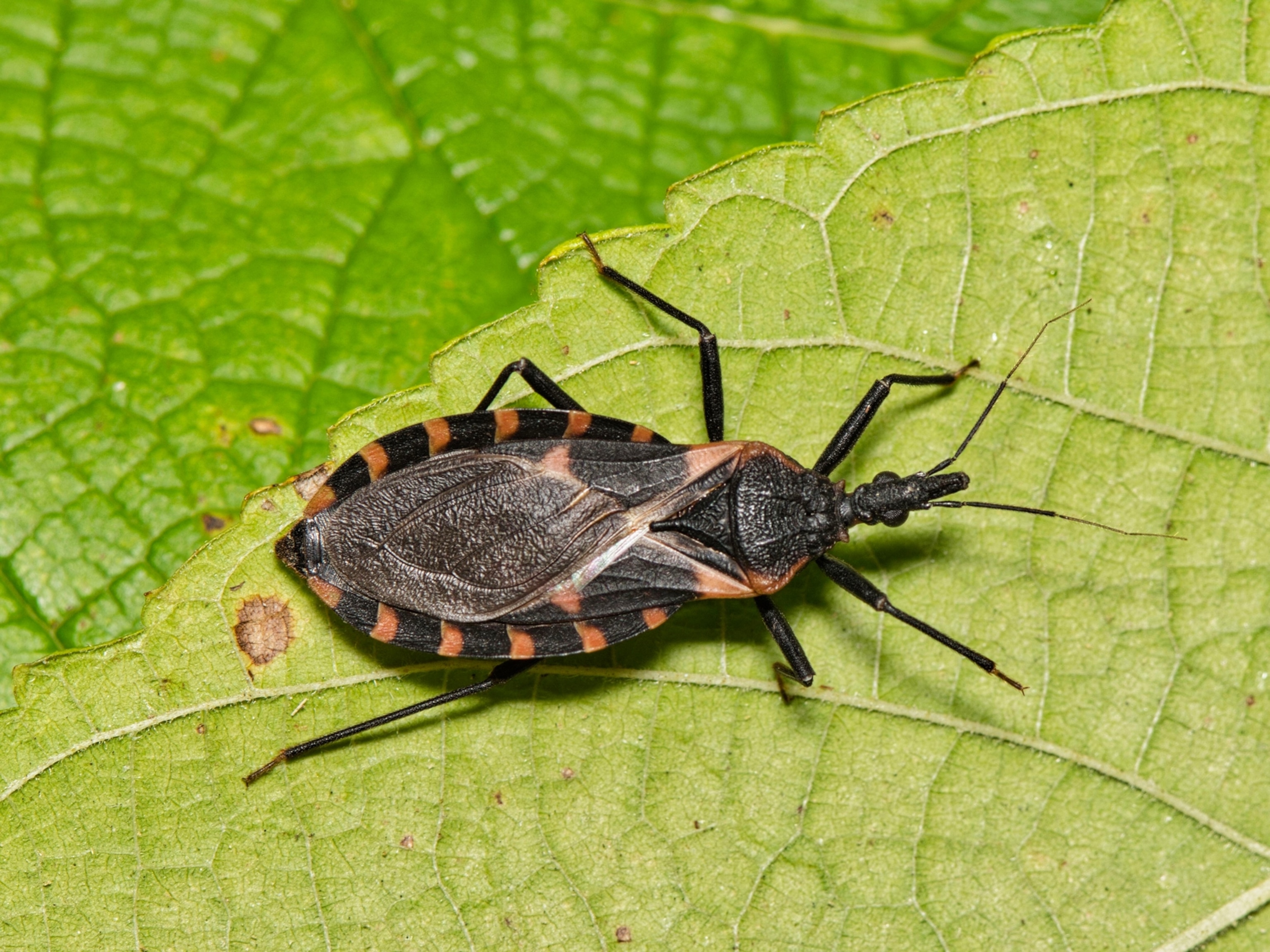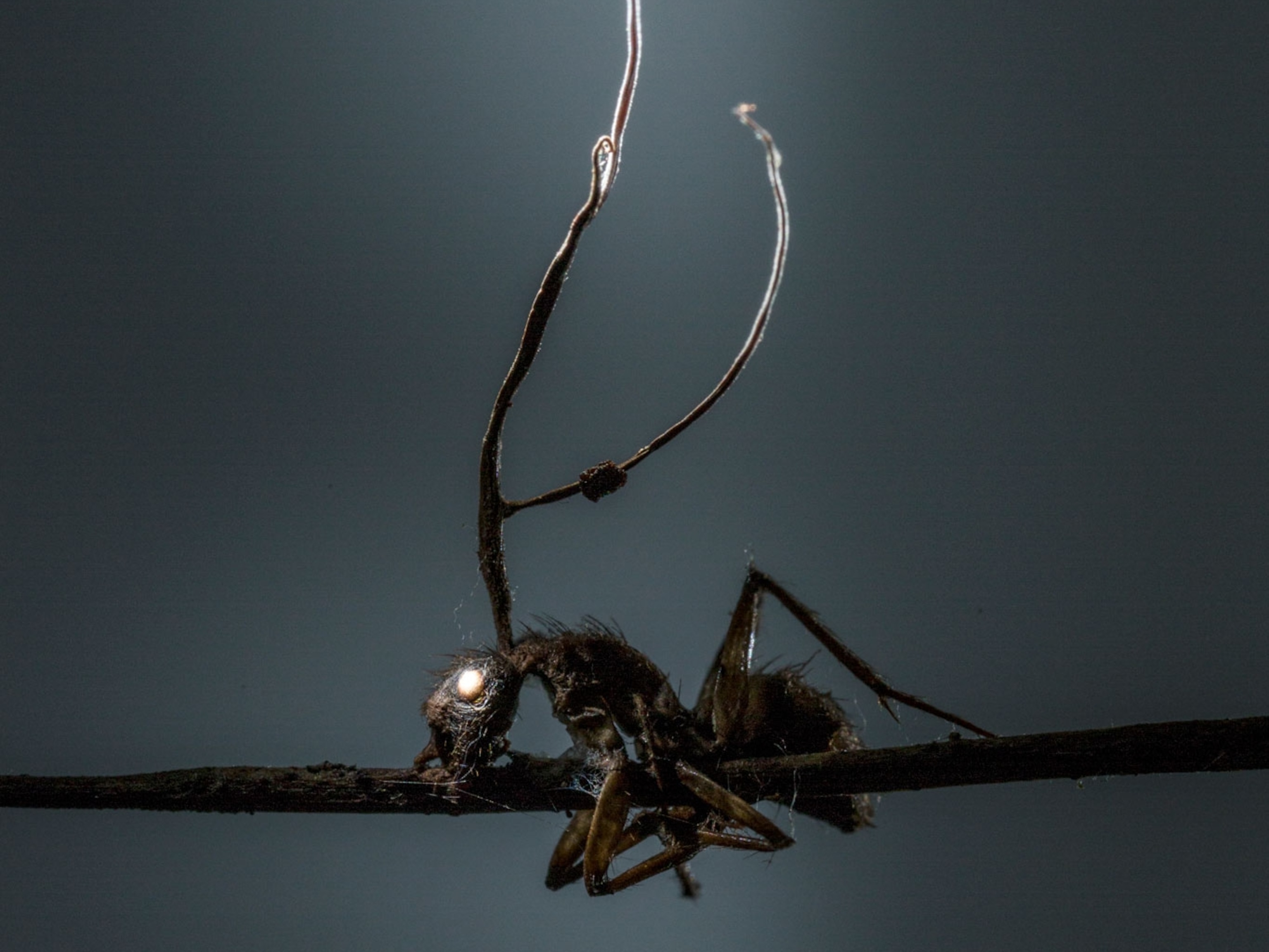
Animals Have Evolved Into Parasites At Least 200 Times
Today, around 40 percent of animal species are parasites.
When I ask Sara Weinstein about her favorite parasite, she laughs, and has a quick answer. “I think the flies that parasitize frogs are really interesting,” she says.
There are many species of them, including two known as toadflies. The females lay their eggs on frogs and toads—sometimes on their skins and occasionally in their nostrils. When the maggots hatch, they eat their way inward, and you can sometimes see them through the wounds that they open in their host’s flanks. Their appetites are usually fatal. Once their hosts have ribbited their last, the larvae fall away and turn into adults.
Many insects also get devoured alive by the larvae of parasitic wasps, flies, and more. But the idea of a back-boned animal—a vertebrate like ourselves—succumbing to a similar end is what really creeps Weinstein out. “We don’t think about vertebrates being affected by parasites that can take over the whole organism,” she says. “It’s like the movie Alien.”
Parasites are those creatures that, at some point in their lives, survive by feeding on another individual. It’s easy—hopeful, perhaps—to think of them as oddities of nature, as grisly outliers that we would only encounter through extreme bad luck. But as I noted in my TED talk, parasitism is the rule rather than the exception. It’s estimated that around 40 percent of animal species are parasites. Forget elephants, hummingbirds, whales, and tortoises—pick a random animal, and it’s far more likely to be a blood-sucker, disease-carrier, host-castrator, or flesh-devourer.
Indeed, as Weinstein and her advisor Armand Kuris have now shown, parasitism has evolved among animals at least 223 times—almost four times more than previous estimates of “around 60.”
“More comprehensive explorations of parasite evolution would contribute much to our understanding of the evolution of life,” they write.
The toadflies are what first got Weinstein, a graduate student at the University of California, Santa Barbara, hooked into parasitic animals. She wanted to understand how they evolve, and what happens once they do. You could imagine that once a group of animals takes up the parasitic lifestyle, they find a wealth of new hosts, or even environments within a host, to exploit. Perhaps, then, they rapidly diversify into a wide range of new species. Or perhaps they find themselves in an evolutionary dead end? They specialise on a particular host and get stuck, doomed to extinction if their host dies.
To test these ideas, Weinstein and Kuris compiled a giant list of parasitic animals, and worked out how often this grisly lifestyle has evolved independently. Their answer: 223.
That number is huge, but probably an underestimate. “There are still a hell of lot of parasites that we haven't sequenced and even more that we haven't discovered,” says Sheena Cruickshank from the University of Manchester.
Around 90 percent of parasitic animal species belong to just ten major groups, like wasps, flatworms, and nematode worms. These ten are all ancient; they took to parasitism before the time of the dinosaurs and have been exploiting their fellow animals ever since.
There are 35 major kinds (or phyla) of animals and 15 of these have given rise to parasites. (The other 20 include many microscopic and poorly known groups, so it’s possible we just haven’t discovered their parasite members yet.)
Many are worm-like, but they come in all shapes and sizes. Along with parasitic flies and beetles, there are also parasitic moths. There are pearlfish that swim up the anuses of sea cucumbers and live there, eating their hosts. There are bizarre creatures that look like jumping jacks and are actually parasitic jellyfish. There are parasitic barnacles that invade crabs. “There’s just a huge diversity, and many groups haven’t been studied at all in fifty years,” says Weinstein.
On average, Weinstein and Kuris found that parasitism neither speeds up the origin of new species, nor curtails it. “Being a parasite is a really popular evolutionary option,” says Chris Knight from the University of Manchester. “But there’s nothing evolutionarily ‘magic’ about parasitism. Parasites aren’t particularly associated with branches of the tree with more or fewer twigs.”
But some groups seem to be especially prone to evolving parasitism. The arthropods—the hard-shelled, joint-legged group that includes insects, spiders, and crustaceans—have done so most frequently. That makes sense, since they are the most species-rich branch of the animal kingdom. And yet, the number of species doesn’t always predict the number of parasite origins. The beetles, for example, are the most diverse group of arthropods, but they’ve given rise to fewer groups of parasites than the mites or flies.
These parasite-prone dynasties tend to be flexible, opportunistic, and varied in their diets. “They’re already used to using ephemeral resources, which might make it easier for them to transition to parasitism,” says Weinstein. She’s now going to test this idea by focusing on specific groups of parasites and looking at the traits of their closest relatives.
And rather than focusing on the ancient lineages that contain 90 percent of parasite species—the parasitic rock stars like nematodes and flatworms—she’s turning her attention to the obscure 10 percent.
“Those huge, old groups transitioned to parasitism so long ago that untangling their origins is difficult,” she says. “The more recent groups make great petri dishes for understanding where parasites come from.”








